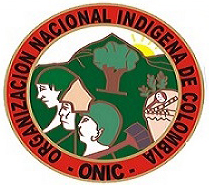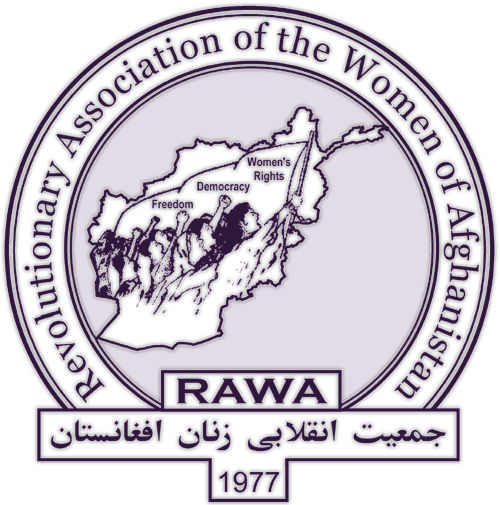Peru
Peru: 'narco-terrorist' busted; narco-politician exposed
On Oct. 23, National Police in Peru apprehended in Lima an accused commander of one of the two surviving remnant factions of the Sendero Luminoso guerilla movement. The Interior Ministry named the detained man as Rolando Pantoja Quispe, and said he was under the orders of Florindo Eleuterio Flores Hala AKA "Comrade Artemio"—the notorious Sendero commander who was captured last year and condemned to life in prison. The ministry said Pantoja Quispe controlled cocaine trafficking in the Yanajanca Valley of Huanuco region, and hailed the arrest as a further blow against Artemio's crippled network. (BBC Mundo, Oct. 23)
Sendero Luminoso in Bolivia?
On Oct. 19, a patrol of Bolivia's Joint Task Force, coordinating National Police and army troops in coca-eradication missions, was ambushed by unknown gunmen at Miraflores pueblo, Apolo municipality, in the coca-growing Yungas region, sparking a gun-battle that left four dead—three troops and a medic. Up to 30 were injured, but all the assailants seem to have escaped. Government vice-minister Jorge Pérez said the attack was "planned by people related to the narco-traffic," adding that the partially buried remains of a cocaine lab had been found nearby. Days later, Leopoldo Ramos, the public prosecutor appointed to investigate the case, said that "by the form of execution, for the Public Ministry it is probable that those who attacked in Miraflores are persons trained by Sendero Luminoso."
Cajamarca: Conga occupation not moved
Campesinos from some 40 pueblos across Celendín province, in Peru's northern region of Cajamarca, held a meeting at Huasmín village Oct. 23 to announce a cross-country march that would arrive in mid-November at the planned site of the Conga gold mine, where marchers would join the encampment that has been established there. Campesinos have occupied the site for months to protect alpine lakes slated be destroyed to make way for open-pit operations. By Nov. 24, which will mark the two-year anniversary of the start of the protest action, the Celendín campesinos hope to have a "Casa Rondera" built on private land adjacent to the Conga site which has been volunteered for the cause by local residents. The casa will be a communal residence for the protesters, who are organized in rondas, peasant self-defense patrols. (Servindi, Oct. 25; Celendin Libre, Oct. 23)
Cuzco: unrest over water mega-diversion
In a popular assembly Nov. 6, residents of Espinar village in Peru's Cuzco region declared themselves on a "war footing," pledigng to resist imminent construction of the Majes Siguas II irrigation mega-project, which would divert water from indigenous communities in the highlands to agribusiness interests on the coast. Profesor René Huamani Quirita, president of the Unified Defense Front for the Interests of Espinar Province, protested that hundreds of National Police troops have been stationed in the nearby community of Yauri, apparently in anticipation of protests. (Radio Universal, Cuzco, Nov. 6) Later that day, Espinar's mayor Oscar Mollohuanca announced that some 100 police troops had attacked local villagers at Urinsaya in Coporaque district, beating five. The whereabouts of one villager has been unknown since the attack, and Mollohuanca joined the missing campesino's family in demanding an urgent investigation. (Radio Universal, RPP, Nov. 6)
Peru: deadly attack on family of miner leader
The wife and infant son of a local mining leader were assassinated last week in the community of Pamputa, Coyllurqui district, Cotabambas province, Apurímac region, Peru. The bodies were found Sept. 18 by Carmelo Hanco, president of the local Artisenal Miners Association of Los Apus de Chunta, when he returned home from a trip to Abancay, the regional capital, where he had been petitioning authorities for the "formalization" of mining claims. Authorities said the killings took place during a robbery, but Hanco said he suspected the involvement of the Xstrata mining company—which he charged has been pressing for the arrest of independent artisenal miners in the region with an eye towards establishing its own operations. The company has for 10 years operated a giant gold, silver and copper mine at nearby Las Bambas (Chahuahuacho district), above the opposition of both local artisenal miners and campesinos. (Con Nuestro Peru, Sept. 21)
Peru: Conga protest camp fired on
On Sept. 20, a group of workers and security guards from the Yanacocha mining company attacked the protest encampment established by local campesinos at the Conga site, where the company seeks to expand operations of Peru's biggest open-pit gold mine. The tents and bivouacs were torn down and burned, and the protesters evicted from the site. Three days later, protesters returned to re-establish the encampment—some 500 strong, and headed by the movement's most visible leaders, Jorge Rimarachín, Gregorio Santos and Marco Arana. But that night, a group of some 10 men, hidden by darkness on the hills overlooking the new camp, fired shots at the protesters. A detachment of DINOES, the special anti-riot force of the National Police, looked on and did not interfere.
Peru: police fire on Cajamarca campesinos —again
National Police troops in Peru's northern Cajamarca province on Sept. 17 clashed with residents of Quishuar Corral hamlet who were conducting reconassiance of mountain trails on their communal lands, which they suspected the Yanacocha mining company of illegally closing to facilitate expansion of its operations. Four of the villagers were injured, and two hospitalized. Witnesses said the police troops opened fire without warning with rubber bullets and tear-gas cannisters. (RPP, Sept. 17)
Peru: protesters tear down gate at Conga mine site
Campesinos occupying the contested Conga mine site in Peru's Cajamarca region on Aug. 20 tore down a gate they said had been illegally erected by the Yanacocha mining company across a trail used by locals as a traditional right-of-way. Video footage shows protesters using shovels and farm implements to tear up and drag away the metal gate across the pathway near Laguna Namocoha, one of the highland lakes that will be impacted by the mining project. National Police troops on hand apparently did not interfere. Idelso Hernández, leader of the Cajamarca Defense Front, challenged police and prosecutors to attend a campesino assembly to answer for allowing construction of the gates. Protesters said that if their demand for a meeting on the matter was not met, they would similarly take down two other gates built by the company blocking access to lagunas Azul and Cortada. (Celendin Libre, Aug. 20; video footage at Celendin Libre, Aug. 20)















Recent Updates
7 hours 23 min ago
12 hours 12 min ago
1 day 3 hours ago
1 day 3 hours ago
1 day 11 hours ago
1 day 12 hours ago
2 days 4 hours ago
2 days 12 hours ago
4 days 5 hours ago
4 days 5 hours ago